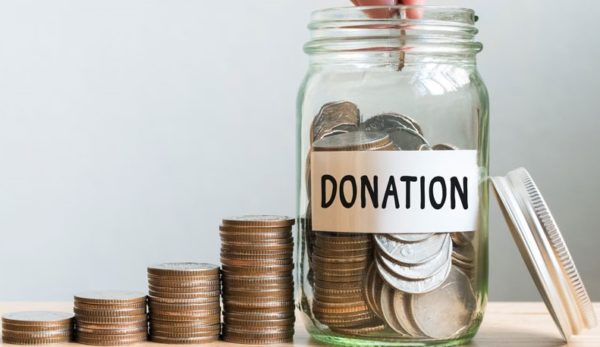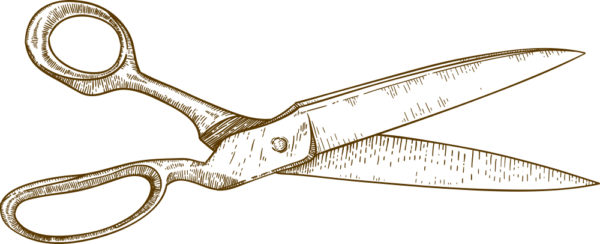Fundraisers – and often the Executive Director – are afraid that boldly asking for a gift will “turn people off” or “make us look desperate” or “make us look like we don’t manage money well.”
Let me be blunt: those fears are unfounded. When organizations make bold Asks to send in a gift today, they raise more money and keep their donors for longer.
There’s a reason pro fundraisers write appeals that say things like, “Please, while you’re holding this letter, take out your checkbook and send in a gift today. You’ll love helping a person…” Pro fundraisers write that way because it works so much better.
Most donors are moving fast. While reading your appeal, they aren’t taking the time to think about whether your organization is well-run, or whether you manage money well or not.
Most of your donors are just wondering if someone or some thing they care about is in danger, and if their help is needed. And if your donor’s help is really needed, your donor assumes you’ll ask them directly and clearly.
Because if you say things like “please support our mission…” or “will you please partner with us today…” – does that sound like there’s an urgent need and that the donor’s gift will address it? No. It doesn’t. Sounds like things are probably going just fine. And when things sound like they are going fine, fewer donors give.
Donors Love Directness
Remember, most of your donors are looking at your fundraising appeals while they are doing other things: getting ready for dinner, processing their mail, etc. They are moving FAST, and they usually only give your letter or email a few seconds of attention.
Note: remember, we’re talking about communications to all your donors. Your emails, your letters, your website, etc. This can absolutely be different when you are talking to your Board, or some major donors who have deep relationships with your organization. But usually those people make up less than 5% of the people who will be reading your fundraising materials.
Ask any pro fundraiser who has a lot of experience with fundraising to tens and hundreds of thousands of people at a time: your ability to make it easy for your reader to know exactly what you want them to do, and know what their gift will do, is incredibly important.
You tend to get more of what you ask for. If you ask for ‘consideration,’ you’ll get more of it. If you ask for ‘support,’ you’ll get more of it (but who knows what their support will look like). And if you ask for a gift today, you’ll get more gifts today.
Don’t Accidentally Hide the Need
By not asking boldly and directly, many nonprofits accidentally hide the need from their donors.
Too many organizations only share stories of people who have already been helped. And they then don’t ask clearly for gifts. Over time, this gives donors the impression that most everyone is being helped, but that the organization kind of always needs money. That’s not the impression an organization wants its donors to have!
True story: after Better Fundraising starts working with organizations, many of them receive the following comment with the first big influx of gifts: “I had no idea so many people needed help, and that you could use more money. I’m happy to help!!” Their note is usually accompanied by a larger than normal gift.
Remember, there are other nonprofits currently asking your donors for gifts. It’s happening in their inbox and mailbox of your donors today. So I urge you to Ask with boldness and directness for your donors to send you gifts! You’ll raise more money, you’ll present a truer picture of the need your organization exists to meet, and your donors will love your clarity and directness!
This post is excerpted from the Better Fundraising e-book “Asks that Make Your Donor Take Action.” Download it for free, here.








